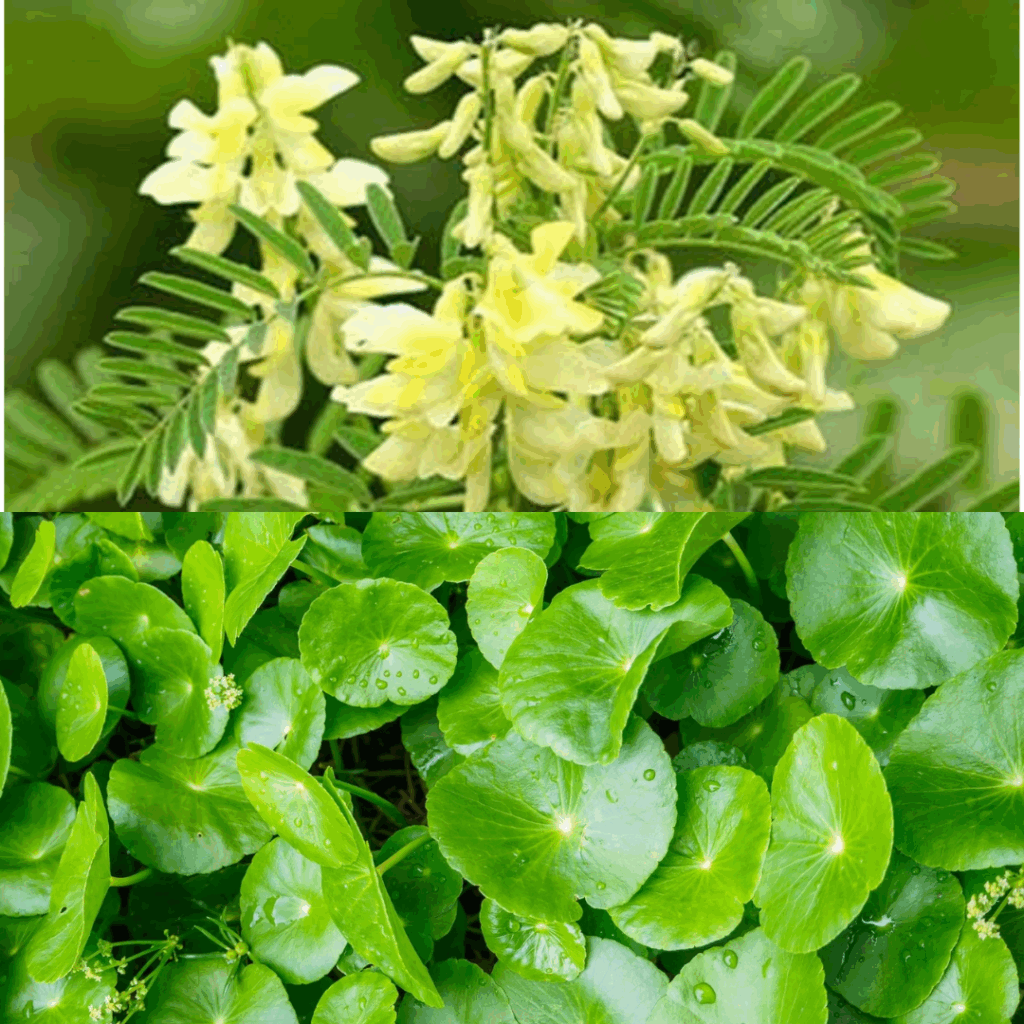Aging skin reflects cumulative molecular damage, particularly the depletion of collagen and hyaluronic acid, leading to diminished elasticity, hydration, and structural integrity. Driven by rising consumer interest in natural solutions, this study focuses on a proprietary saponin-rich formulation from Astragalus membranaceus and Centella asiatica (ACS), traditionally revered for wound healing and anti-inflammatory benefits. While their individual phytoconstituents—such as astragalosides and madecassoside—are known to stimulate fibroblast activity and extracellular matrix production, robust human clinical validation of their synergistic topical and systemic impact remained unexplored.
Methods
A randomized, double-blind, placebo-controlled trial with 150 adults assigned to 6 groups (topical, oral, combined ACS or their placebos). Skin brightness, moisture, elasticity, melanin, pore count, texture, and collagen were measured at baseline and after 4–12 weeks of intervention.
Key Findings
1. Topical ACS (4 Weeks):
- Collagen synthesis rose by 8.7%, accompanied by improved skin texture (+8.7%) and elasticity (+6.5%), indicating dermal remodeling within a short span.
- Melanin reduction (−5.2%) and pore minimization (−10.6%) suggest modulation of pigmentation and pilosebaceous architecture.
- Non-significant moisture gains imply limited epidermal barrier reinforcement when used alone.
2. Oral ACS (12 Weeks):
- Collagen content increased by 13.2%, reinforcing systemic fibroblast stimulation.
- Texture roughness dropped by a significant 18.5%, with concurrent improvements in melanin (−6.3%) and elasticity (+4.7%), underscoring the bioavailability and dermal penetration of orally absorbed phytoconstituents.
- Lack of significant pore reduction may indicate that structural pore changes require mechanical or topical adjuncts.
3. Combined Oral + Topical ACS (12 Weeks):
- Yielded superior cumulative effects, with collagen content up by 13.7%, moisture retention improved by 12.9%, and pore count reduced by a dramatic 28.5%.
- Skin brightness (+4.2%) and texture refinement (−19.8%) reflect optical and tactile improvements, likely due to densified dermal matrices and even light dispersion.
- Outperformance across all parameters suggests synergistic action—topical agents act locally, while oral agents provide systemic support to dermal structures.
Conclusion (Refined & Condensed)
This study is one of the first large-scale, double-blind trials validating the dual-route efficacy of Astragalus and Centella saponins in enhancing skin health. Beyond basic hydration or antioxidant claims, ACS demonstrated measurable architectural benefits—elevating collagen biosynthesis, refining pore morphology, and attenuating pigmentation and roughness. Its multimodal activity supports its potential as a foundational ingredient in integrative skin wellness, not just for cosmetic outcomes, but also for structural rejuvenation. Future work should explore molecular pathways (e.g., TGF-β, MMP regulation) and age-stratified responses to inform precision cosmeceutical strategies.
Link to the study: https://www.mdpi.com/2079-9284/12/4/131


